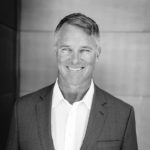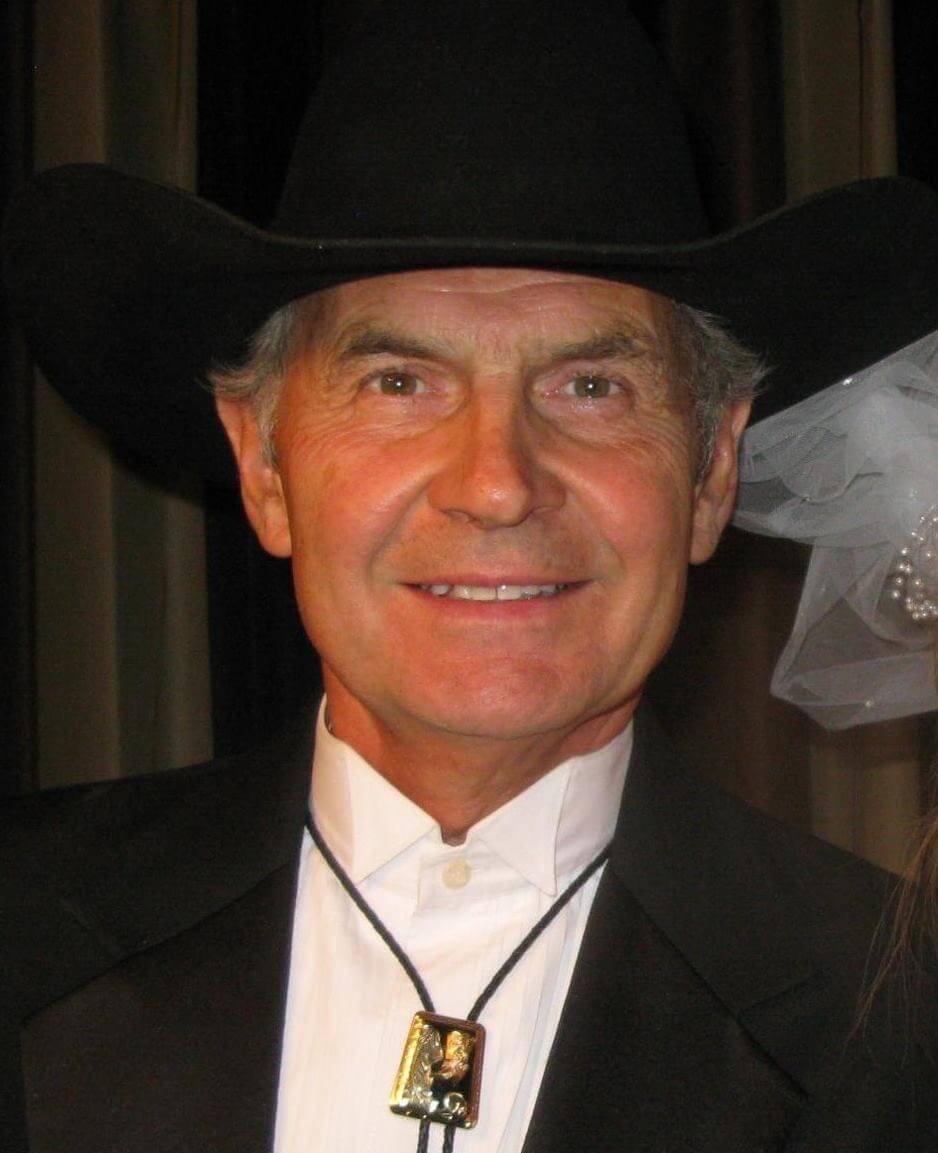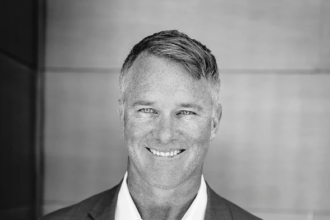Finding contact information for individuals, like theodore novak cell phone number, can often be challenging yet important for various reasons. Theodore Novak’s cell phone number is not commonly available to the public due to privacy laws and ethical considerations around sharing personal information. This article will explore the legitimate ways to find contact details while respecting individuals’ rights and privacy.
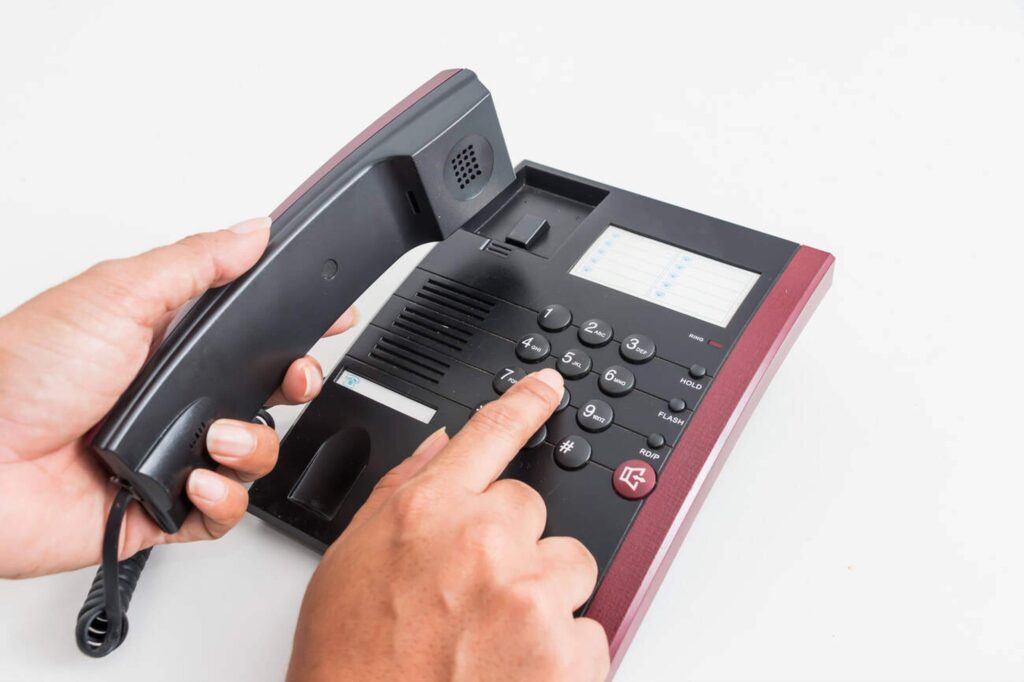
In today’s digital age, many people are concerned about their personal data being exposed. Understanding how to contact someone without infringing on their privacy is essential. The blog will discuss the best practices for reaching out to public figures, as well as alternative methods when direct contact information is not accessible.
While searching for contact information can be daunting, there are ethical guidelines that one should follow. It’s crucial to consider the potential consequences of unauthorized sharing and to prioritize consent when dealing with personal data.
Key Takeaways
- Theodore Novak’s cell phone number is typically not publicly available.
- Ethical considerations are important when seeking personal contact details.
- There are alternative methods to reach individuals without compromising privacy.
Theodore Novak Profile
Theodore Novak is a name associated with various individuals across different fields. This profile highlights key biographical details and professional accomplishments relevant to these individuals.
Biographical Overview
Theodore Novak is a common name, and several individuals share it. For instance, Theodore J. Novak is linked to Hokah, Minnesota, where he has lived at 612 Cedar St. Another individual, Theodore E. Novak, has ties to Elk, Washington, with a residence at 34910 N Elk Chattaroy Rd. There are also mentions of Theodore Novak from Illinois, aged 103, living in Rock Falls and Streator.
Family connections include Andrea K. Novak and Jodie Marie Novak related to Theodore J. Novak, while Theodore E. Novak is linked to Patrice O. Novak and Rocky T. Novak. This diversity in backgrounds shows a range of life experiences across various regions.
Professional Accomplishments
Some Theodore Novaks have made notable strides in their professional careers. Ted Novak, a prominent figure in real estate law, has practiced for over 40 years and is recognized for his expertise in land use. His connection to DLA Piper attests to a respected career, contributing significantly to real estate legal practices.
Theodore Novak’s influence can also be seen in various sectors, from law to community engagement. Events and contributions to local organizations highlight their roles in their communities, reflecting a commitment to service and professionalism. These accomplishments showcase the diverse impact of individuals sharing the name Theodore Novak across many areas.
Privacy and Data Protection Laws
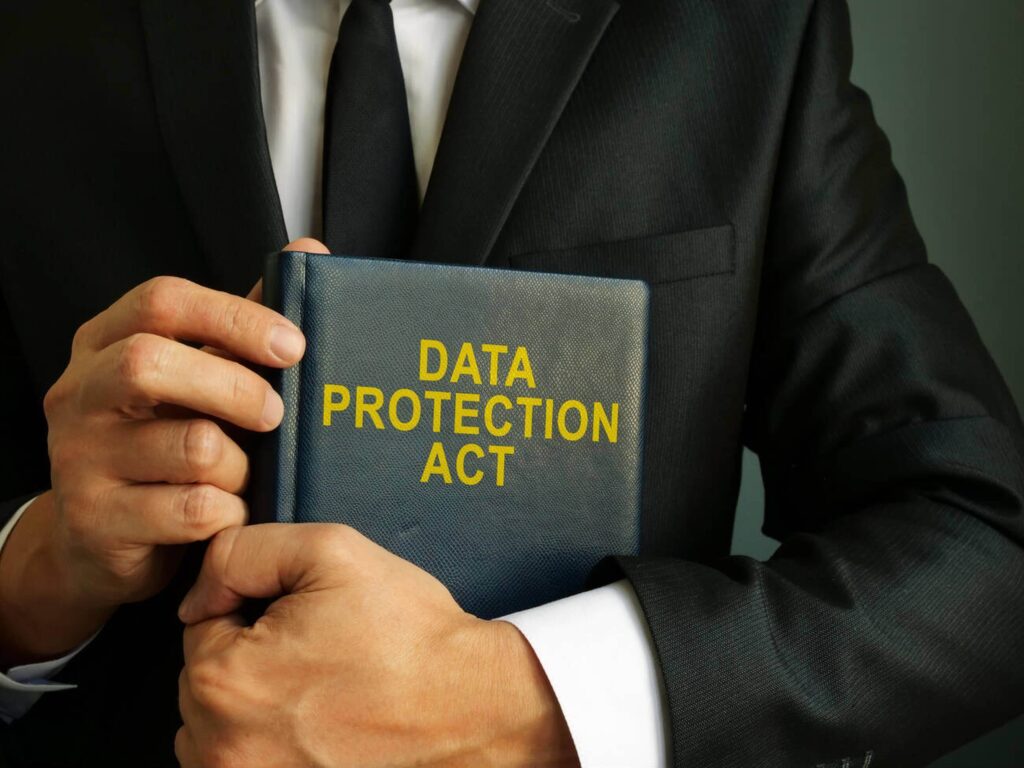
Privacy and data protection laws are essential for safeguarding personal information in today’s digital age. They dictate how organizations manage and protect user data, aiming to enhance individual privacy rights.
United States Regulations
In the U.S., various regulations govern data privacy. One significant law is the Gramm-Leach-Bliley Act (GLBA), which mandates that financial institutions protect personal data of their clients. It requires these institutions to provide notices about their information-sharing practices.
Another key regulation is the Health Insurance Portability and Accountability Act (HIPAA), which protects sensitive patient health information. Organizations must implement strict measures to maintain the confidentiality of health data.
State laws also play a crucial role. For instance, the California Consumer Privacy Act (CCPA) gives state residents more control over their personal information held by businesses. This act allows individuals to know what data is collected, as well as the option to request deletion of this data.
International Considerations
Internationally, the General Data Protection Regulation (GDPR) is a major framework for data protection in Europe. It establishes strict guidelines for the collection and processing of personal information of individuals within the European Union. Organizations must gain explicit consent before collecting data and provide individuals with rights over their data.
Countries outside the EU also have regulations that reflect similar concerns for privacy. For example, the Personal Information Protection and Electronic Documents Act (PIPEDA) in Canada outlines how businesses should handle personal data.
Adhering to these laws is essential for companies operating globally. They must ensure compliance to avoid significant fines and legal issues while maintaining consumer trust.
Ethical Considerations in Releasing Personal Information
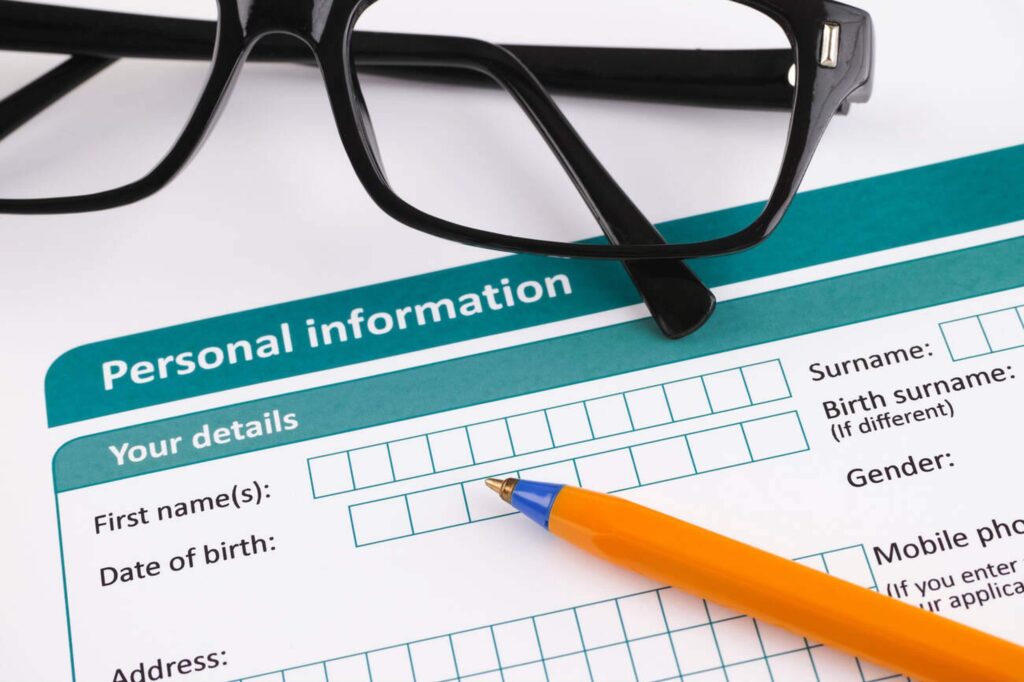
Releasing personal information raises significant ethical issues. Individuals’ privacy rights must be respected. The use of information without consent can lead to harm and a loss of trust.
Key Ethical Principles:
- Consent: Individuals should have control over their personal data. Consent should be informed and voluntary.
- Transparency: Organizations must be clear about how they collect and use personal information.
- Purpose Limitation: Personal data should only be used for specific and legitimate purposes.
- Minimization: Only the information necessary for a specific task should be collected and shared.
- Accountability: Organizations need to take responsibility for their data handling practices.
Ethical Concerns:
- Privacy Violations: Unauthorized sharing can infringe on personal privacy.
- Potential Harm: Releasing sensitive information can lead to discrimination or harm to the individual.
- Public Trust: Transparency in handling data fosters trust between individuals and organizations.
- Legal Implications: Failure to adhere to privacy laws can result in legal consequences.
Organizations must navigate these concerns carefully. Balancing the need for information with ethical considerations is crucial. This ensures respect for individual rights and fosters a responsible approach to personal information.
Methods of Contacting Public Figures
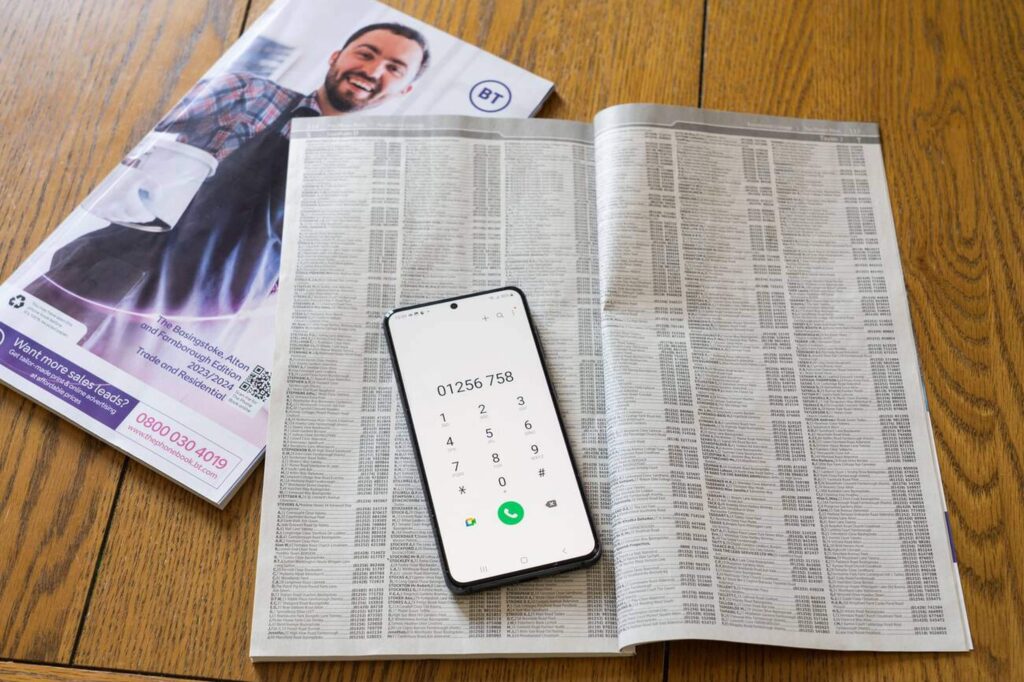
Reaching out to public figures can be done through various official channels. This ensures that the communication is professional and likely to receive attention. Additionally, media and press inquiries provide another avenue for contact, especially when seeking information or interviews.
Official Channels
Public figures often have official websites or social media accounts. These platforms usually include designated methods for contacting them or their representatives.
- Websites: Many public figures feature a “Contact” page. This can include forms for inquiries, email addresses, or other relevant information.
- Social Media: Twitter, Instagram, and Facebook are frequently used. Fans may tag the public figure or send direct messages.
- Management Teams: Contacting agents or management teams is another effective method. They handle inquiries on behalf of the public figure and can facilitate responses.
When using these channels, it is crucial to be polite and concise. A respectful approach increases the chances of a reply.
Media and Press Inquiries
Media inquiries often require structured approaches. Journalists and media professionals typically have more formal methods for contacting public figures.
- Press Releases: Public figures may list their public relations contacts in press releases.
- Media Kits: A media kit is a valuable resource. It usually contains contact details, background information, and other essential data for reporters.
- Press Conferences: Attending press conferences offers opportunities for real-time questions and networking with representatives.
Using these avenues properly can lead to significant interactions. A well-crafted inquiry can grab attention and facilitate further communications.
Alternatives to Personal Contact Information
When trying to reach someone like Theodore Novak, personal contact details may not always be available or appropriate. Instead, there are alternative avenues that can help connect individuals or provide information. Two key options are social media presence and using public relations representatives.
Social Media Presence
Social media is a powerful tool for finding and connecting with individuals. Platforms like Facebook, Twitter, LinkedIn, and Instagram offer public profiles that may contain useful information. By searching for Theodore Novak’s name on these networks, one can discover posts, updates, and public interactions that provide insights into his interests and activities.
Users can send direct messages or leave comments on posts, which may be a way to engage without needing personal contact information. Keep in mind that privacy settings vary. Messages may not be seen if profiles are private. It is helpful to check for any public pages or official accounts linked to him.
Public Relations Representatives
Another alternative is reaching out through public relations (PR) representatives. Many professionals hire PR firms or agents to manage their public image and communications. These representatives handle inquiries and requests on behalf of individuals. Finding the right contact can lead to useful information or a way to get a message across.
PR contacts can often be found through the website of the individual or their company. This information is usually located in the “Contact” or “About” sections. Communication through a PR representative may ensure a more formal and respectful approach.
Consequences of Unauthorized Sharing of Contact Details
Sharing contact details without permission can lead to various negative outcomes.
1. Privacy Invasion
When individuals share phone numbers, it gives others access to personal information. This can lead to unwanted calls and messages.
2. Potential Fraud
Unauthorized sharing increases the risk of fraud. Scammers may use shared numbers to steal identities or access sensitive accounts.
3. Spam Calls and Texts
Sharing contact details can result in an influx of spam communication. This can be annoying and disrupt daily activities.
4. Port-Out Fraud
This type of fraud occurs when someone transfers a victim’s phone number to another carrier without consent. The fraudster can then access accounts linked to that number.
5. Trust Issues
Unauthorized sharing erodes trust among friends and family. People may feel betrayed if their information is not handled properly.
What to Do If a Number is Misused:
- Block the Number: This stops unwanted calls.
- Notify the Carrier: Informing the phone company may help prevent further issues.
- Report the Incident: File a report with local authorities if fraud is suspected.
Being cautious when sharing contact details can help protect personal information and avoid these consequences.
Preventing Personal Data Leaks
Taking steps to prevent personal data leaks is crucial. By focusing on secure data storage practices and educating individuals about phishing attacks, it becomes easier to keep sensitive information safe.
Secure Data Storage Practices
Using secure data storage practices protects personal information from unauthorized access. Individuals should regularly update passwords to ensure they are strong and unique.
Tips for secure passwords:
- Use at least 12 characters.
- Include a mix of letters, numbers, and symbols.
- Avoid easily guessed information like birthdays or names.
Storing sensitive data in encrypted formats adds an extra layer of security. This makes it difficult for anyone without the proper authorization to access the information. Regularly backing up data is also essential. This way, if any data is lost or compromised, a safe version is still available.
Educating Against Phishing Attacks
Phishing attacks are a common method used to steal personal data. These attacks often come in the form of emails or messages that appear legitimate. They trick users into providing sensitive information.
To combat this, individuals should be aware of how to identify phishing attempts. Key signs include:
- Poor spelling and grammar.
- Urgency in the message.
- Unknown senders.
Using two-factor authentication on accounts can provide additional safety. By requiring a second form of verification, accounts become more secure against unauthorized access. Regular training on recognizing these signs builds awareness and helps prevent data leaks.





